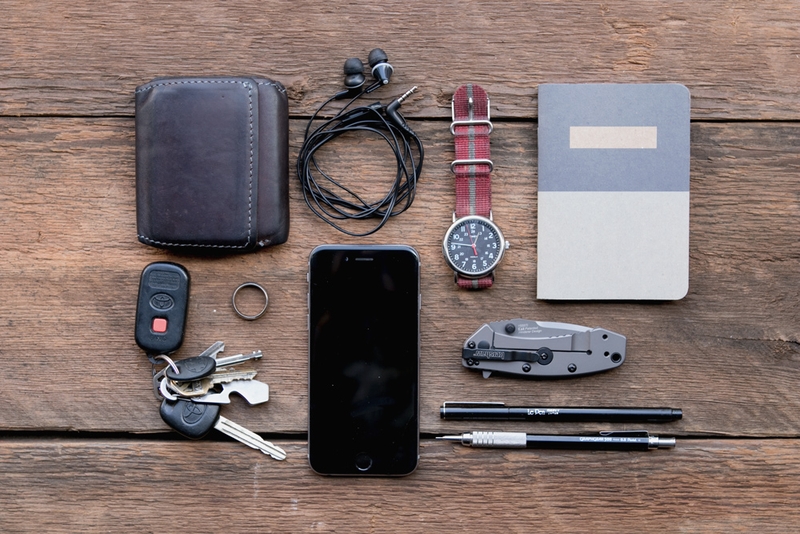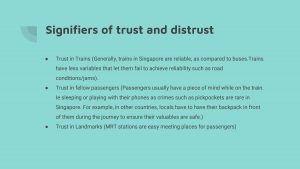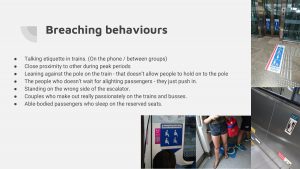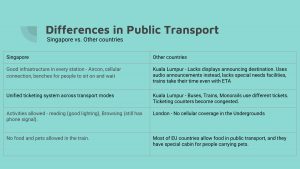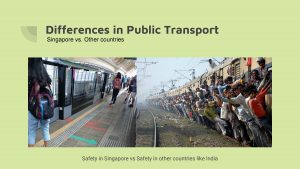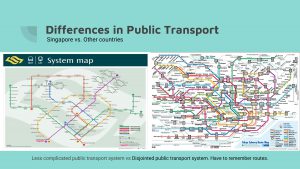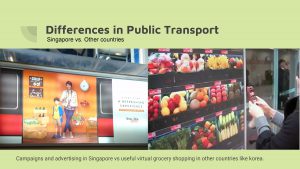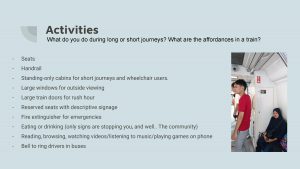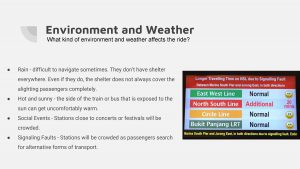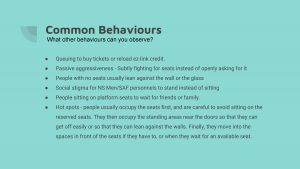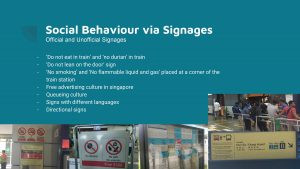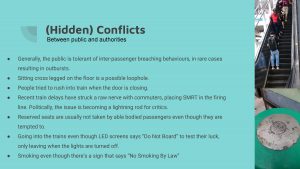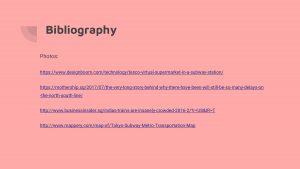This was my second time visiting the Future World. As this was a permanent exhibition in the Artscience Museum, I was quite surprised that they actually changed up some of the exhibits. This approach attracts people that have already been to the exhibition to go again. However, the main concept of the exhibition still remained the same. The exhibition includes four parts, themed Nature, Town, Park, and Space.
One of the most popular installation is the Crystal universe. It is made up of more than 170,000 LED lights, with a simple concept: to give the viewers an illusion of stars moving in space. Other than the impressive programming of light to simulate planet, galaxies and even gravitational force, I noticed that the artists and engineers made good use of the mirrors and the reflective floor surface.
With the reflection, the installation appears endless and is able to encircle viewers in the centre of the universe. This shows that the creators are fully aware of the space and environment they are working with. This inspired me to use the environment as a part of our installation during the iLight project.
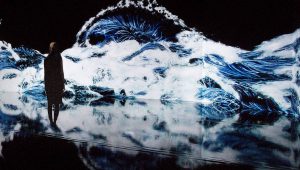
Another design that I really like is this “Black Wave” in the “Nature” section. The reason that I like it is also space related. The installation includes not only the screen that’s playing the wave motion but a big space in front of the space, that allows visitors to sit down and chill. Since the installation is supposed to bring the water ‘alive’ and engage with people, this arrangement helps deliver the concept of inclusiveness and relaxation.
Upon observation, I noted that the more popular installations usually possess some characteristics. First, they need to be visually stunning for people to notice it and stop by to take pictures of it. Second, the concept of the artwork needs to be easily understandable by common public, but also at the same time not superficial. The few points will be taken into consideration when we design our iLight project.
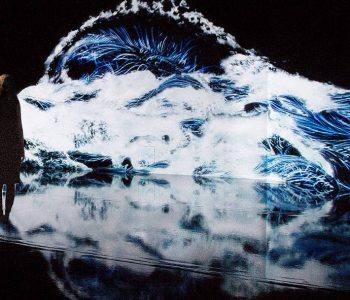


 Figure 1
Figure 1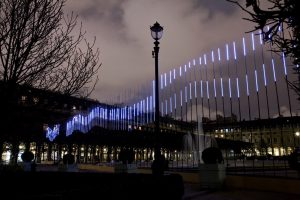 Figure 2
Figure 2 Figure 3
Figure 3